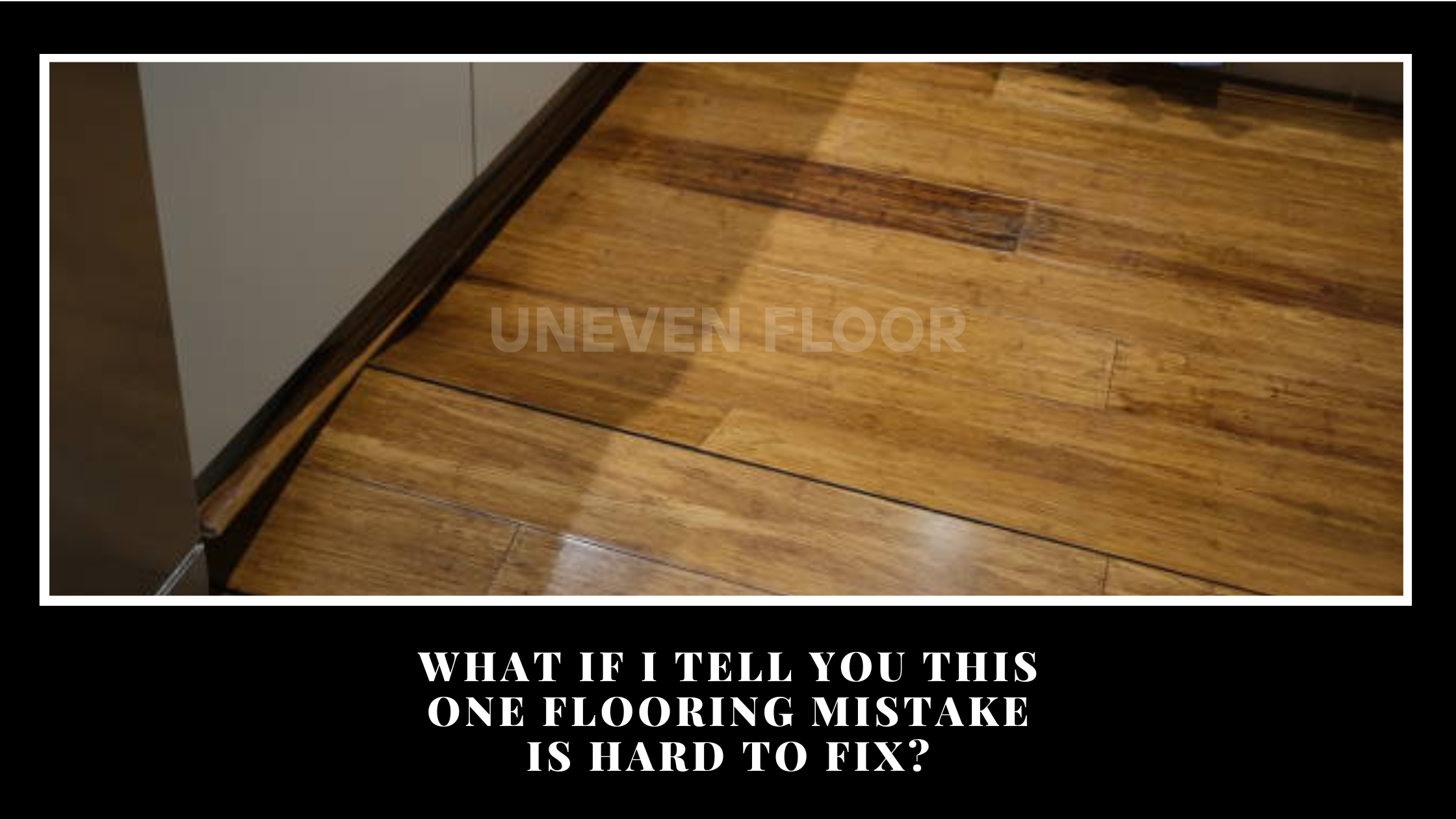You're not alone—many homeowners ask the same questions before starting a tile project:
- Can I install tile over an uneven floor?
- Will the tile still stick?
- What happens if I just ignore the dip or slope?
Let’s walk through the answers — and the risks — so you can avoid costly mistakes.
Why Flat Floors Matter for Tile Installation
Tile is strong but not flexible. tile floor materials like ceramic, porcelain, or natural stone need a flat, stable surface. Laying them over dips, humps, or slopes creates long-term problems:
What Can Go Wrong?
- Tiles crack under uneven pressure
- Grout lines crumble or separate
- Some tiles sound hollow or feel loose
- Water collects in low spots, especially in bathrooms and kitchens
These aren’t just cosmetic issues—they lead to repairs, replacements, and extra labor down the line.
Can I Tile Over a Slightly Uneven Floor?
It depends on how uneven it is.
What’s Considered “Level Enough”?
Most tile installers follow this general guideline:
No more than 1/8 inch variation over 10 feet.
If your floor is outside that range, it’s better to fix it before tiling.
Are Minor Bumps Okay?
If the floor has small high spots, some thinset mortar can help smooth it during installation—but this only works for minor imperfections and small-format tiles.
Large-format tiles (like 12" x 24" or bigger) will rock or crack on uneven surfaces.
How to Fix an Uneven Floor Before Tiling
Here are the most common ways to fix your subfloor before installing tile:
- Self-leveling compound: Good for dips and low spots
- Grinding down high areas: Useful for concrete surfaces
- Plywood underlayment or cement board: Often used over wood subfloors
- Floor patch or skim coat: For light corrections before tile installation
Make sure the entire surface is flat, clean, and dry before applying any adhesive.
Can I Tile Without Removing the Baseboards?
Many homeowners ask this during remodels. The short answer is yes—you can tile without removing baseboards, but you’ll need to use tile spacers and add quarter-round or shoe molding to hide the gap. Still, removing the baseboards gives a cleaner, more professional look.
Final Thoughts: Is It Worth Tiling Over an Unlevel Floor?
You can do it—but you probably shouldn’t.
Even if the floor “looks okay,” issues show up later: cracked tiles, shifting grout, or even mold growth under the surface. If you're spending time and money on tile, it’s worth making sure the surface underneath is right. A level base means a longer-lasting, better-looking floor.


